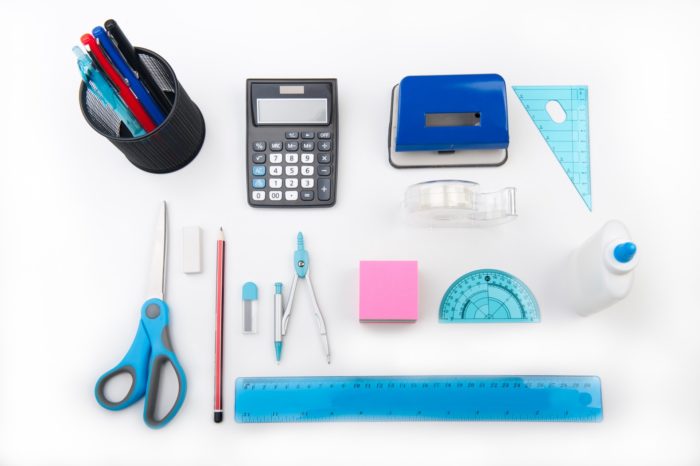Grade 6 (12-13 year old) A Swedish class 18 students
In sixth grade they have to write a fairy tale as part of Curriculum. Another part is to combine pictures and text /multimedia. So we aimed at two.
Linda passed on the example from last year with a similar group.
We had a series of rules to write a fairy tale : have evil and good and three challenges.
In pairs they work on one story they had written before as homework.
I gave them this to do at home :
draw a background, 2 characters and a problem (etc. a dragon came)
Pictures of all artwork in a shared folder. SO they can access them as a ‘sprint’.
They had 6 examples where they could check the codes of simple movements (from Eric) eg move sideways, make a bat fly across screen etc.
These examples are key for teachers to use as they normally take time.
Creating some them ready to use and that fit the purpose of the lesson is key.
Teacher Development
Mentored by Eric
During first 2 classes he gave an intro of how to set up the class and some basics through examples. In the second session he helped with the photo managed.
Then two students who had worked on this in previous classes (primary) helped with their skills as ‘experts’ helping the other students. Collaboration between them was the main way of working and I learned from them too.
Questions to teachers about the process of programming and scratch work in the Games project. I know Maria wanted these answers too, so I’m writing in English right away. Hope it’s okay.
- How did you think when you chose to work with Scratch (programming) with your students? What did you expect?
Since I have been working with programming before, I thought it would be interesting to learn a new program that I could use with the children. I also saw a new opportunity to create motivation.
- Tell me how you did when you entered the program in your classroom. Planning, choosing students, what do you want to achieve, what did you achieve? How did the students react? What did you need?
Linda and Erik had done it a year before. Therefore I could benefit from their experiences. Linda had used it when her six graders had written fairytales. She advised me to make sure that there was something good and evil in the story and that they use the magical number three. In that way they could create a game where you had three obstacles in order to beat the bad character. I was also told that it could be time consuming to draw the background and characters.
Before we started the project, I had them draw a background and characters during tutor time and as homework. In that way we could focus on the actual programming. Erik had made six samples that they tried out. These samples inspired them when creating their own games. Some of them had used scratch in 5th grade, so they were familiar with the code and became the experts in the group. I had them help each other to search for mistakes when the code didn’t work or to show each other ideas on what you could do and how to execute the code.
In the Swedish language and literature curriculum, it says that you should work with text and picture and how they are linked together. By using Scratch for our story, we took the writing process one dimension further. Most importantly was that they thought it was fun.
I would have liked more time to learn the program myself. They had become even better, if I had made perhaps six more samples that were even more complicated.
- What important lessons have you done along the way?
- It is good to let the children work with a partner, so they can discuss their ideas with someone, and how to create them in code.
- Create pictures beforehand
- Be well-trained as a teacher. It is not a must, but it gives you confidence, and you will give the children better opportunities for creative ideas.
- Be several teachers that use the program during the same time period, so you as colleagues can help each other out.
- What tips would you like to give other teachers who want to start working with programming and scratch?
- Have the children create their drawings for a certain date.
- Line up all the drawings so you can take a photo of them all at once.
- Upload the pictures to a folder that you share with the children, so they can access their pictures in their code.
- Practice yourself, so you have fast answers.
- Let the children teach each other.
- The children think it is fun to create their own game, so it generates motivation for school work. They can lack interest if they get stuck and no one is able to help them out.


